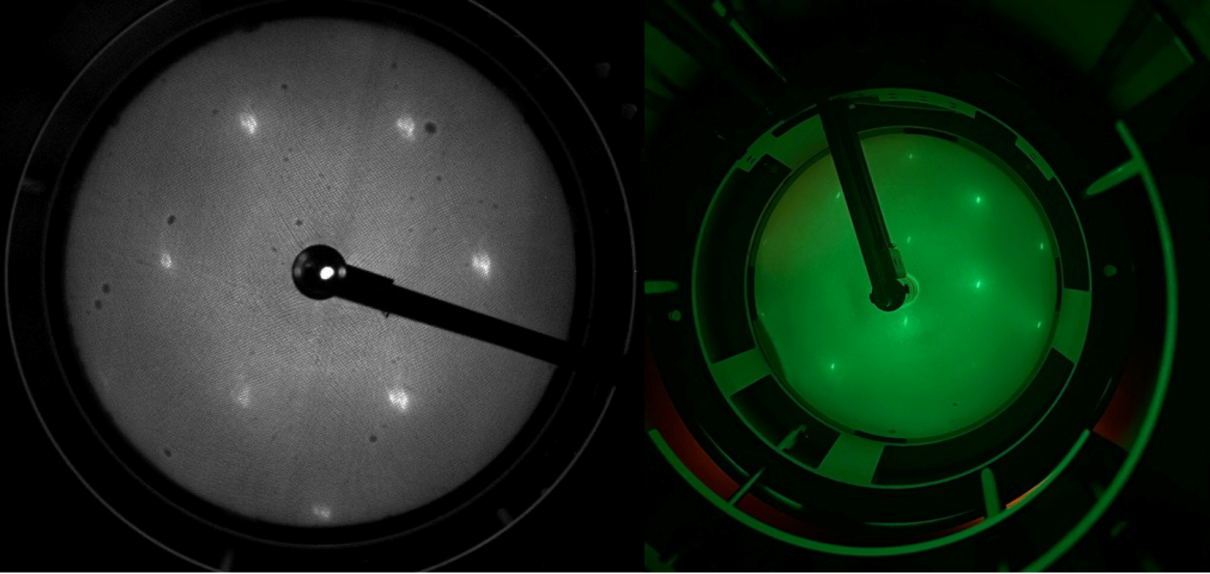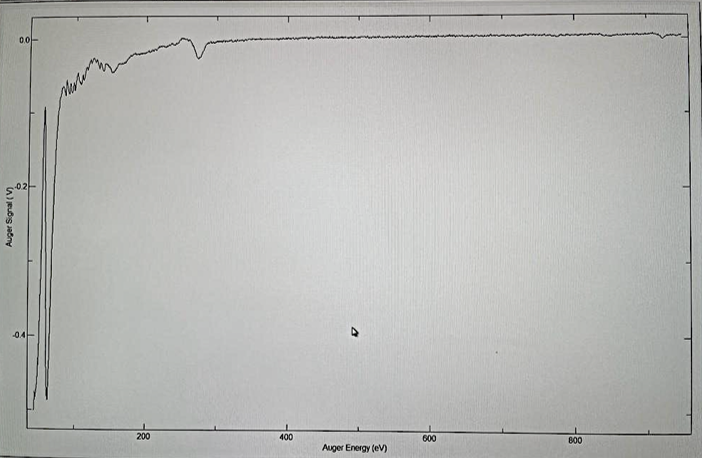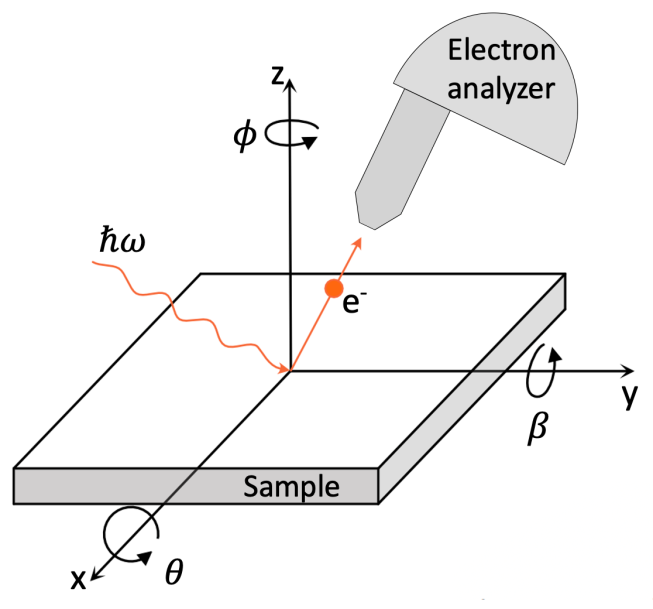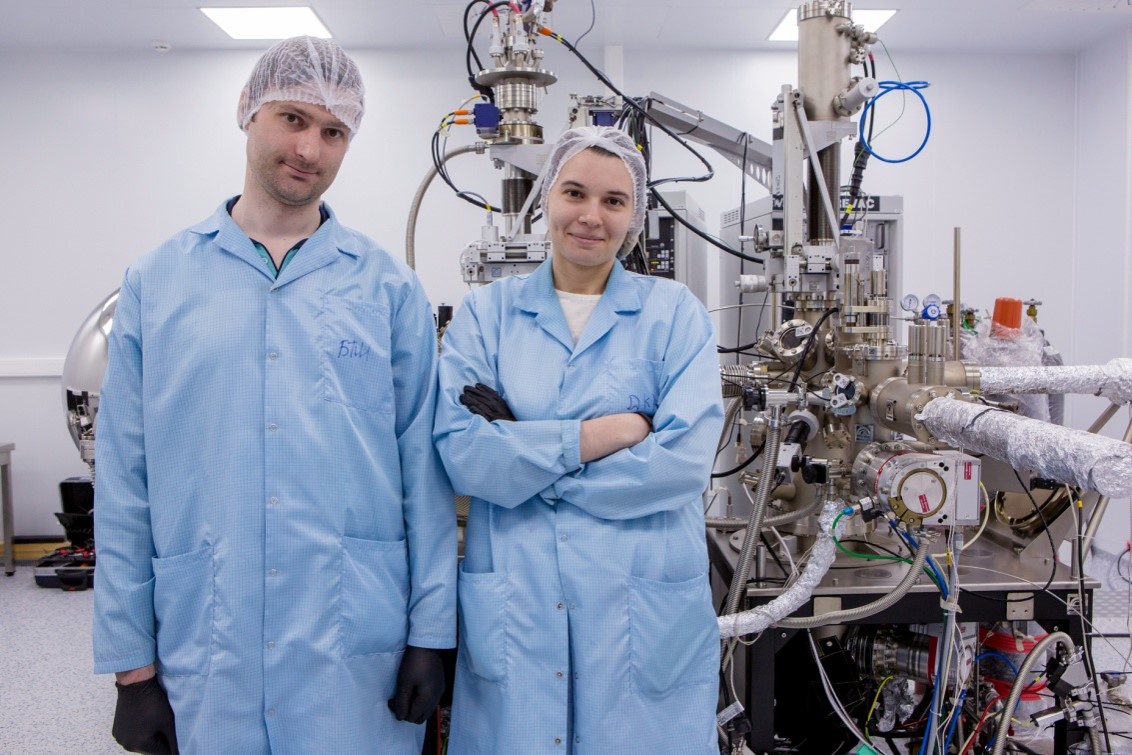
Photoemission Spectroscopy Lab (ARPES)
The electronic band structure determines the electronic and optical properties of solids. The study of band structure is important for understanding the fundamental physical phenomena underlying superconductors, low-dimensional structures, topological materials, etc. Additionally, it is helpful for practical applications, for example, when designing elements for electronics , spintronics and a quantum computer. The key method of the band structure experimental study is angular-resolved photoemission spectroscopy (ARPES).
The main goal of our group is experimental research of electronic band structure of a wide class of superconductors and quantum materials. The study is carried out on ARPES facility with a helium lamp as a photon source (E = 21.2 eV and 40.8 eV). Great attention is paid to the sample surface preparation and examination. Our ARPES system is equipped with tools for surface preparation, as well as a LEED/Auger-spectroscopy unit. The surface structure of materials is studied by the method of low-energy electron diffraction (LEED). Using Auger spectroscopy, it is possible to determine the elemental composition of the surface layers.
A surface condition is important for structures, created from materials under study. For example, the diode effect observed in narrow and thin superconducting bridges is sensitive to the condition of their surface. Our experience in working with material surfaces allows us to develop analytical models that define the connection between the diode effect and the physical properties of the surface.
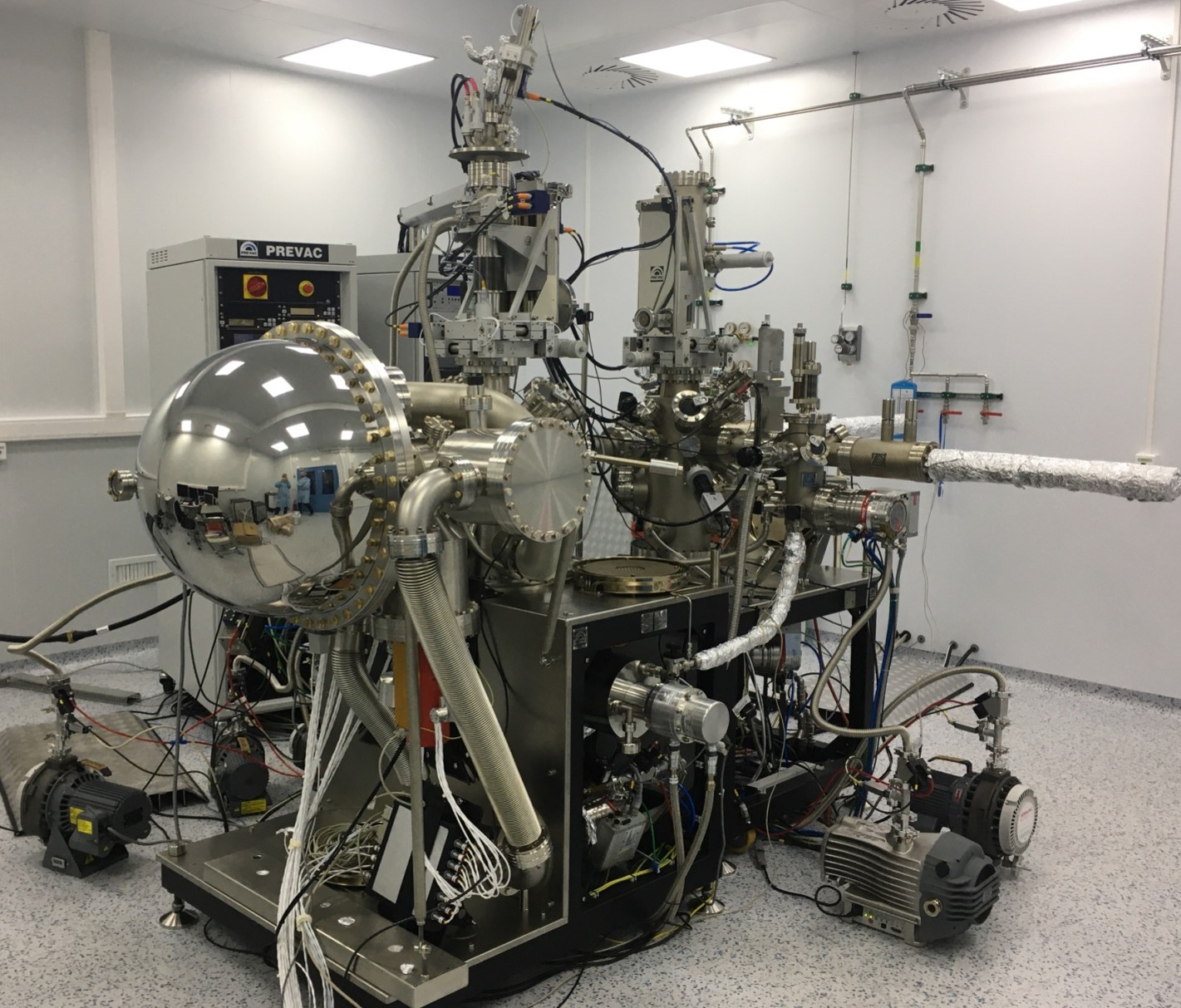
Current research and prospects
1. The Bi1.08Sn0.02Sb0.9Te2S (BSSTS) topological insulator is promising for spintronics. We investigate how vanadium doping affects its properties. Detailed studies of the surface of this compound are currently underway. This is necessary both to prepare it for ARPES measurements, and to develop the methods for working with its surface. In the future, it is planned to conduct the ARPES study of the BSSTS band structure and to investigate the impact of vanadium doping on it.
2. We investigate the surface of the iron-based superconductor Ba(Fe, Ni)2As2 (BFNA). There are few ARPES studies of the band structure of this compound. This is due to the complexity of working with the surface of this material, which is associated with the twinning of BFNA crystal and the formation of Ba superlattices on the surface. We are planning to develop methods to restore the BFNA surface for ARPES measurements. A detailed experimental study of the band structure and Fermi surface of this compound is also planned. These studies are important due to the fact that the supposed mechanisms of superconductivity in this high-temperature superconductor are based on its band structure and Fermi surface.
3. We develop the analytical models to study the diode effect in superconducting structures. These models can be useful for designing superconducting diodes, which, unlike semiconductor diodes, will operate efficiently at low temperatures, which is extremely important, for example, when creating a quantum computer.
Main results
1. We perfomed the ARPES study of the electronic band structure and Fermi surface of the binary compound SnAs. This compound has superconducting properties and it is a parent compound for materials with unique properties (NaSn2As2; SrSn2As2; EuSn2As2). Based on the ARPES, theoretical predictions of SnAs band structure and Fermi surface were verified. This allowed us to confirm, that SnAs is a type-I superconductor. Also we found a feature on the ARPES spectra, which arises from the spin-orbit coupling according to. The band structure calculations. In addition, the band structures of related materials were investigated.
2. We developed an analytical model to analyze the diode effect in a narrow and thin superconducting bridges. It is shown how the disorder of the surface layers on the surface and the substrate/superconducting layer interface affect the diode characteristics of superconducting bridges.
Group team
Maksim E. Chuprakov
MIPT student
Vladimir V. Kuzmin
MIEM (HSE) student
- Bezotosnyi P. I. et al. ARPES measurements of SnAs electronic band structure. JETP Letters 106, 514-516 (2017). DOI: 10.1134/S0021364017200024 https://link.springer.com/article/10.1134/S0021364017200024
- Bezotosnyi P. I. et al. Electronic band structure and superconducting properties of SnAs //Physical Review B. – 2019. – Т. 100. – №. 18. – С. 184514. DOI: https://doi.org/10.1103/PhysRevB.100.184514https://journals.aps.org/prb/abstract/10.1103/PhysRevB.100.184514
- Marques C. A. et al. Electronic structure and superconductivity of the non-centrosymmetric Sn4As3 //New Journal of Physics. – 2020. – Т. 22. – №. 6. – С. 063049. DOI: 10.1088/1367-2630/ab890a https://iopscience.iop.org/article/10.1088/1367-2630/ab890a/meta
- Kim T. K. et al. Electronic structure and coexistence of superconductivity with magnetism in Rb Eu Fe 4 As 4 //Physical Review B. – 2021. – Т. 103. – №. 17. – С. 174517. DOI: https://doi.org/10.1103/PhysRevB.103.174517 https://journals.aps.org/prb/abstract/10.1103/PhysRevB.103.174517
- Dmitrieva, K.A., Bezotosnyi, P.I. & Pudalov, V.M. On the Character of Superconductivity and Topological Properties of SnAs. Jetp Lett. 118, 917–921 (2023). https://doi.org/10.1134/S0021364023603652 https://link.springer.com/article/10.1134/S0021364023603652

